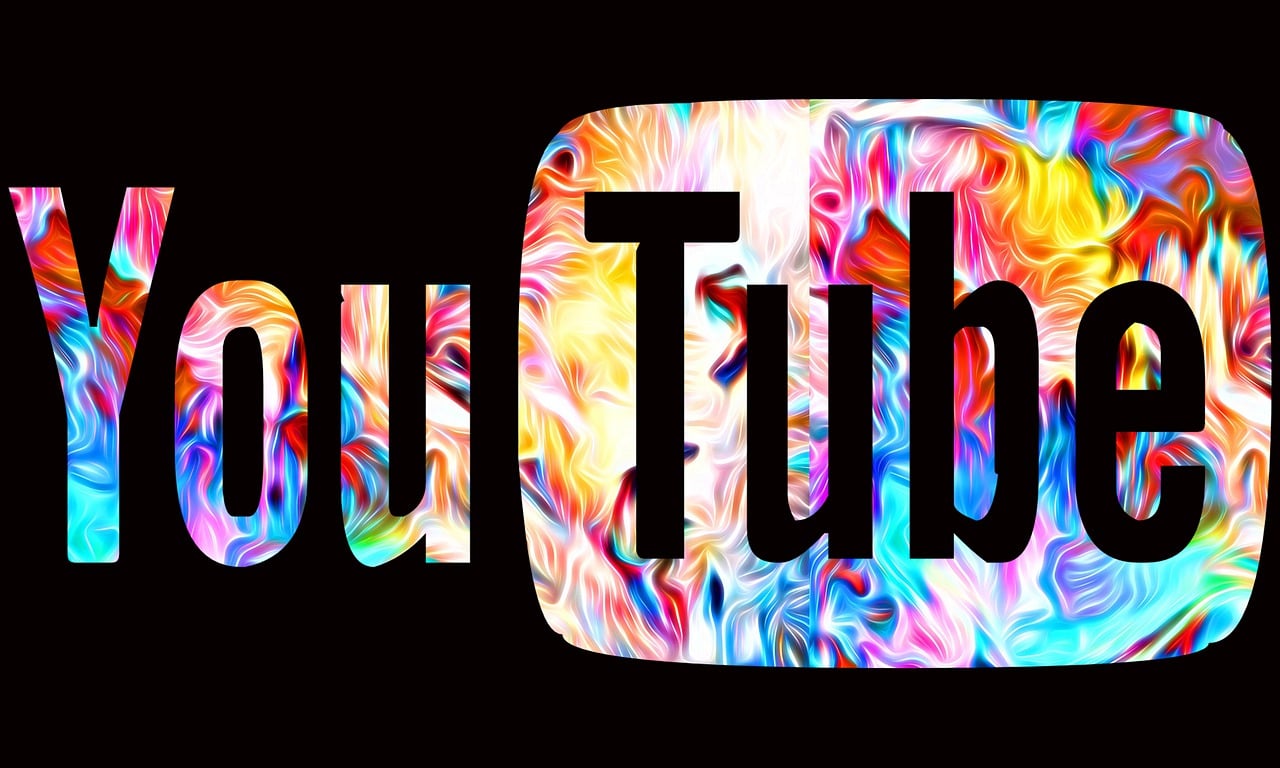How to Check If a Song Is Copyrighted on YouTube

Introduction
YouTube is a popular platform for sharing videos, but using copyrighted music without proper permission can lead to copyright claims, strikes, or even the removal of your content. To avoid these issues, it’s important to check if a song is copyrighted before using it in your videos.
In this blog, we’ll explore how to identify whether a song is copyrighted on YouTube and provide tips for using music legally.
How Copyright Works on YouTube
When you upload a video, YouTube’s Content ID system scans it for copyrighted material. If copyrighted music is detected, the video may:
Receive a copyright claim (monetization or visibility restrictions).
Be blocked in certain regions.
Trigger a copyright strike, which can lead to penalties if unresolved.
Ways to Check If a Song Is Copyrighted on YouTube
1. Use the YouTube Audio Library
The YouTube Audio Library offers a collection of free-to-use music and sound effects. Songs from this library are safe to use without worrying about copyright.
Access the library in YouTube Studio under the Audio Library tab.
Search for music and review the usage terms (some may require attribution).
2. Test by Uploading a Private Video
If you’re unsure about a song’s copyright status, upload a test video containing the song:
Set the video to Private or Unlisted during upload.
Wait for YouTube to process the video and check for copyright claims.
Check the Restrictions column in the Content section of YouTube Studio to see if a claim is present.
3. Search for the Song’s Copyright Information
Look up the song on music licensing platforms like ASCAP, BMI, or PRS for Music to determine ownership.
Contact the copyright holder or music publisher for licensing permissions if needed.
4. Use YouTube’s Music Policy Directory
Although discontinued in recent years, YouTube previously had a Music Policy Directory for creators to check copyright status. You can still verify by researching official copyright guidelines or using Content ID information.
5. Check Content ID Matches
If the song is widely used, it’s likely registered with YouTube’s Content ID system. This system automatically flags copyrighted material.
6. Use Royalty-Free Music Platforms
For guaranteed copyright-safe music, use royalty-free music from platforms like:
Epidemic Sound
Artlist
AudioJungle
What Happens If a Song Is Copyrighted?
If you use a copyrighted song, the following may occur:
Monetization Claims: Revenue from the video may go to the copyright owner.
Visibility Restrictions: The video may be blocked in certain countries.
Copyright Strikes: Repeated offenses can result in strikes, impacting your channel’s standing.
Tips for Avoiding Copyright Issues
Use Music with Proper Licensing:
Purchase licenses or use royalty-free music platforms to avoid copyright claims.
Read Usage Terms:
Always check the terms of use for any music, even if it’s labeled “free.”
Keep Records of Permissions:
Maintain documentation for any licenses or permissions you acquire.
Consider Fair Use:
Use portions of copyrighted music sparingly and only for transformative purposes, such as commentary or parody.
Review YouTube Studio Alerts:
Regularly monitor your YouTube Studio dashboard for copyright notifications.
FAQs About Copyright on YouTube
Q: How do I know if a song is free to use?
A: Check the YouTube Audio Library or royalty-free music platforms for free-to-use tracks. Always review their terms of use.
Q: Can I use a copyrighted song if I credit the artist?
A: Crediting the artist does not grant permission to use copyrighted music unless specified by the copyright holder.
Q: What is Content ID?
A: Content ID is YouTube’s automated system that detects copyrighted material in uploaded videos.
Q: Can I use copyrighted music if I don’t monetize my video?
A: No, even non-monetized videos can face copyright claims or strikes.
Q: How do I get permission to use copyrighted music?
A: Contact the copyright holder or music publisher to obtain a license for the song.
Conclusion
Understanding whether a song is copyrighted is crucial for creating content on YouTube without running into legal trouble. By using tools like the YouTube Audio Library, testing with private uploads, and leveraging royalty-free platforms, you can confidently include music in your videos.

Start Growing your Instagram followers
Faster with PopularUp
Over 500+ 5 Star Reviews. Grow Your Account Today With Our Organic Methods


